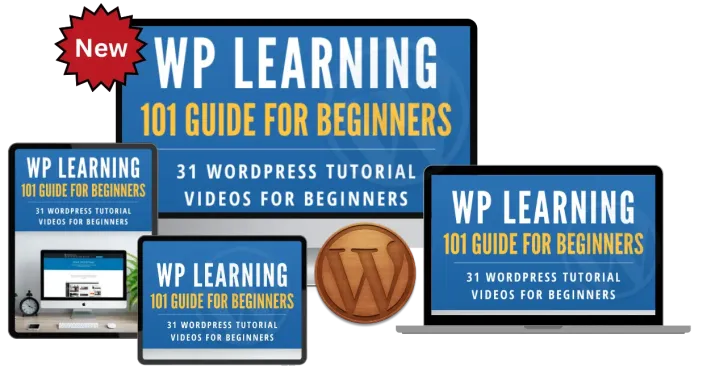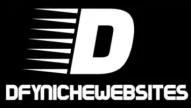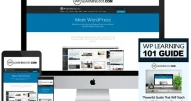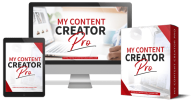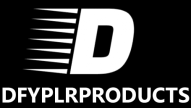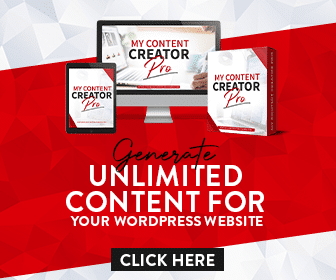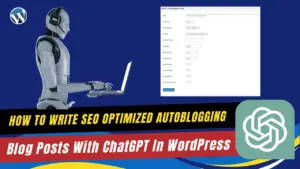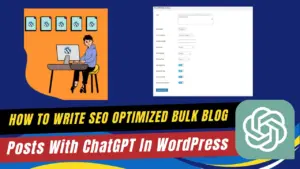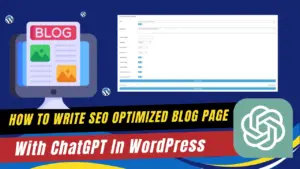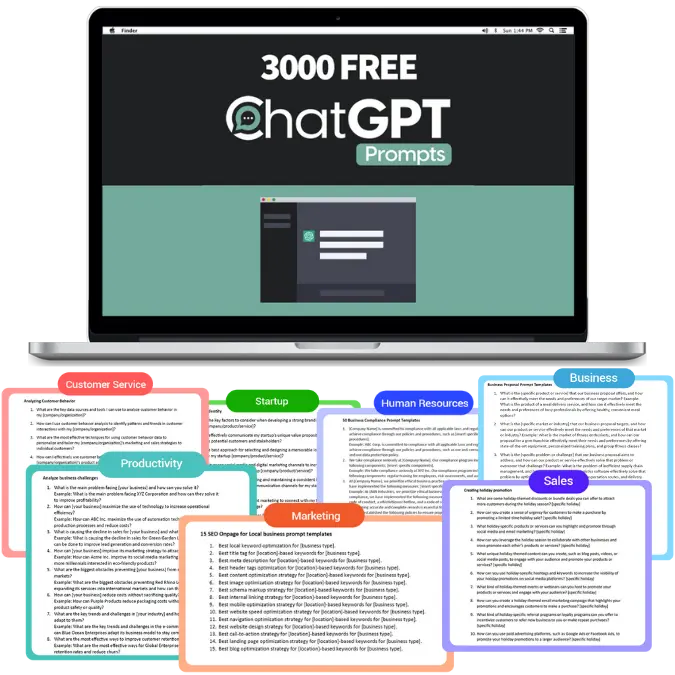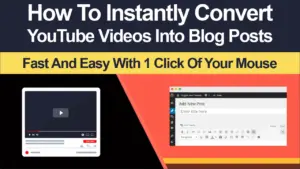
WordPress Posts And Pages Overview For Beginners
Jumpstart your WordPress journey with our easy-to-follow guide on WordPress Posts and Pages overview for Beginners! This tutorial will walk you through the essentials of using the WordPress post and page editors, from creating new entries to understanding the importance of categories, tags, and featured images. Perfect for beginners, this post ensures you know how to effectively manage and publish your content on WordPress.
Understanding WordPress Posts and Pages Overview for Beginners
Navigating the WordPress dashboard can be daunting for new users, especially when it comes to differentiating and managing posts and pages. This blog post will provide a beginner-friendly overview of how to effectively use the WordPress post and page editors, setting the foundation for successful content management on your website.
Step-by-Step Guide to Managing WordPress Content
1. Working with WordPress Posts
- Creating a New Post: Navigate to ‘Posts’ and click ‘Add New.’ Start by entering a compelling title. Below that, add your content in the text editor.
- Organizing Content: Utilize categories to group related posts together and use tags to help describe specific details of your post.
- Adding Images: Don’t forget to add a featured image to make your post visually appealing. This image will represent your post in various sections of your site.
2. Managing WordPress Pages
- Creating a New Page: Go to ‘Pages’ and select ‘Add New.’ Similar to posts, you start by giving your page a title, followed by detailed content.
- Page Attributes: Set the order and parent attributes to organize your pages logically. This is especially useful for creating a structured menu.
- Publishing Options: Choose the right time to publish your page by setting the date and time, or save it as a draft to continue working on it later.
3. Publishing and Viewing you WordPress Posts And Pages
- Final Steps: Once your content is ready, hit the publish button to make it live. You can preview your WordPress post or page using the permalink to see how it will appear on the front end.
FAQs: WordPress Posts And Pages Overview For Beginners
Q: What’s the difference between a post and a page in WordPress?
A: Posts are typically for dynamic content such as blog articles and updates, arranged chronologically. Pages are for static content like your ‘About’ or ‘Contact’ information.
Q: Can I switch a post to a page and vice versa?
A: Directly switching between the two isn’t possible via the dashboard. You would need to copy the content from one and manually create a new post or page.
Q: How important are categories and tags?
A: Categories and tags are crucial for organizing your content, improving usability, and helping with SEO. Categories group your posts broadly, while tags are used for more specific details.
Conclusion
Mastering the use of WordPress posts and pages is fundamental for any WordPress user. By understanding and implementing the basics outlined in this tutorial, you can start to build and manage your website’s content effectively. Whether you’re setting up a personal blog or a professional website, these skills are essential.
For those looking to further enhance their content creation, consider using our My Content Creator Pro WordPress Plugin, powered by ChatGPT, perfect for crafting compelling, optimized content for your Premade Turnkey Niche Websites. Learn more and take your content to the next level at My Content Creator Pro.
Additionally, don’t miss the opportunity to boost your WordPress skills with Absolutely 100% Free WordPress Training For Beginners available at WP Learning 101. Sign up today at https://www.wplearning101.com and start mastering WordPress with confidence and ease.
"Master WordPress Today With 31 Absolutely Free Tutorials for Beginners!"
Here Are Some Of Our Services
Content Creation Services
Customers Reviews
DFY Niche Websites Testimonial

Best WordPress Content Creation Plugin!
Over 4,000 Website Using This Powerful WordPress Plugin.
WP Learning 101 Testimonial


